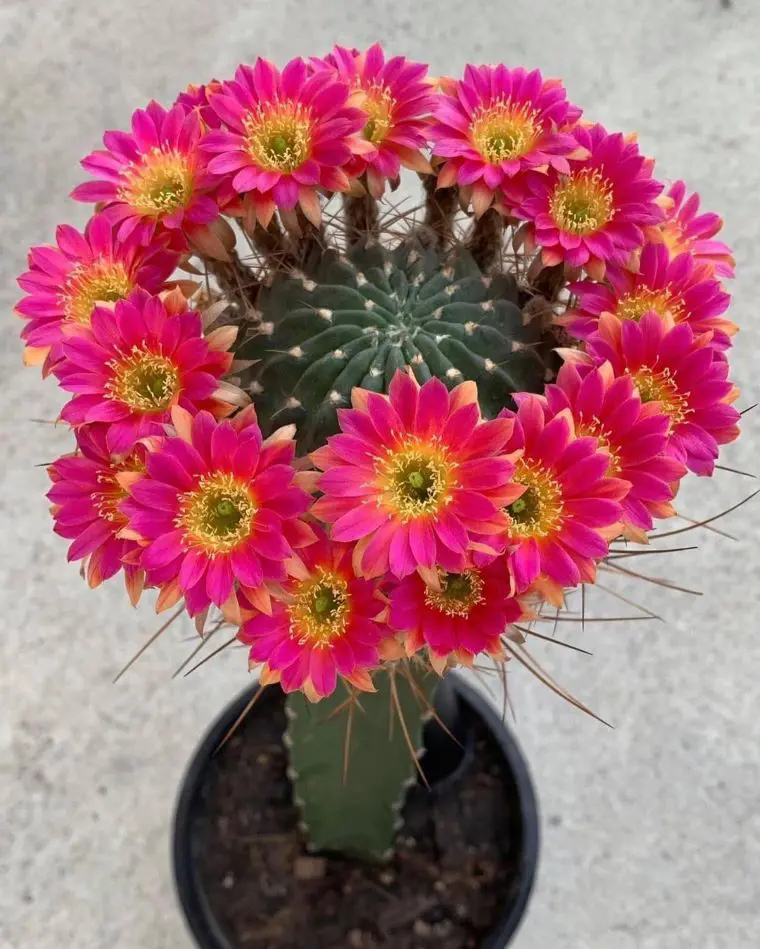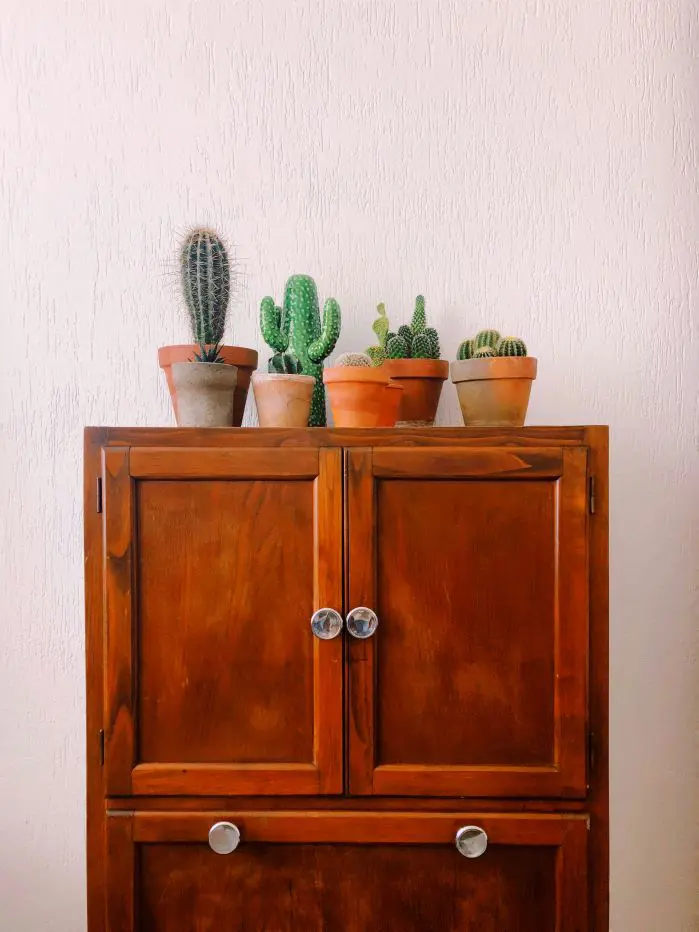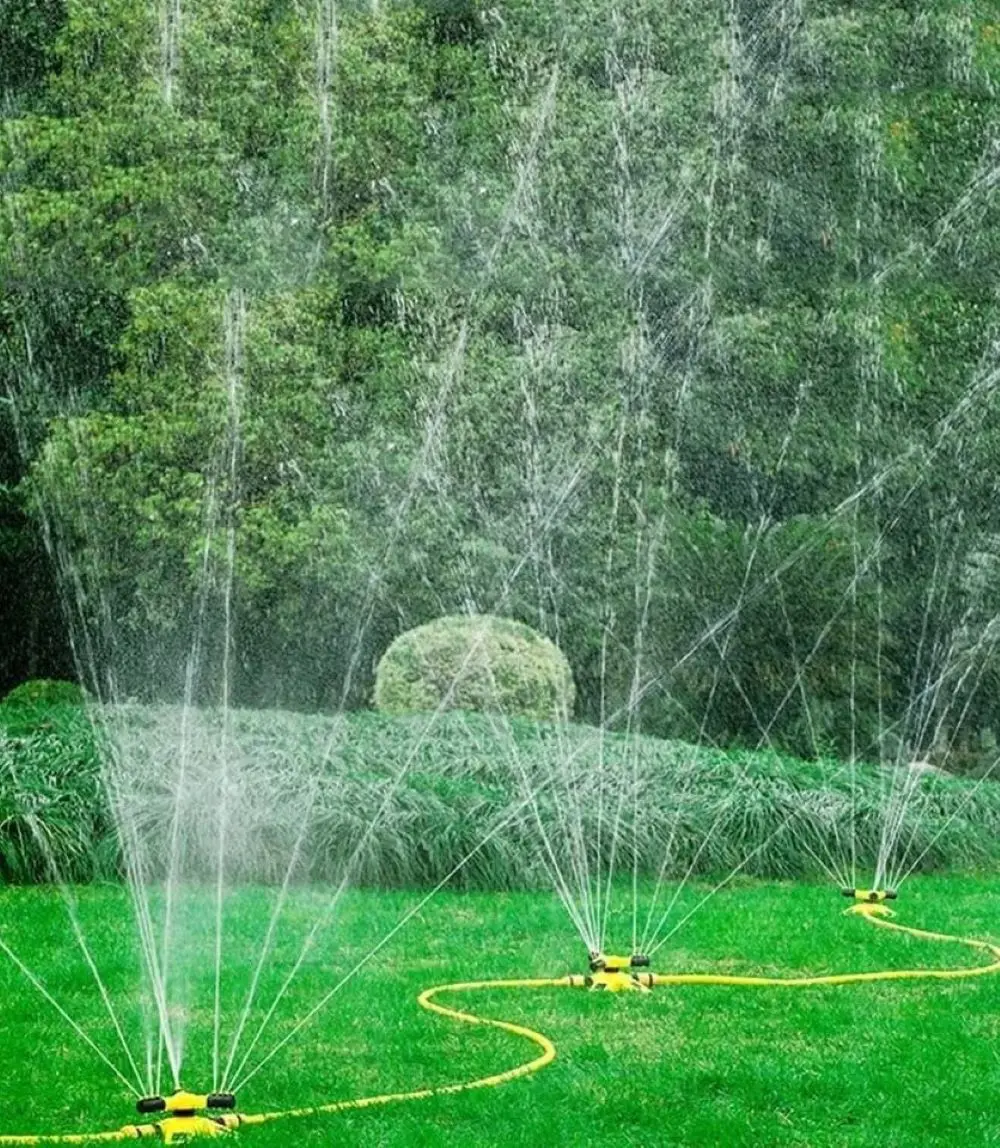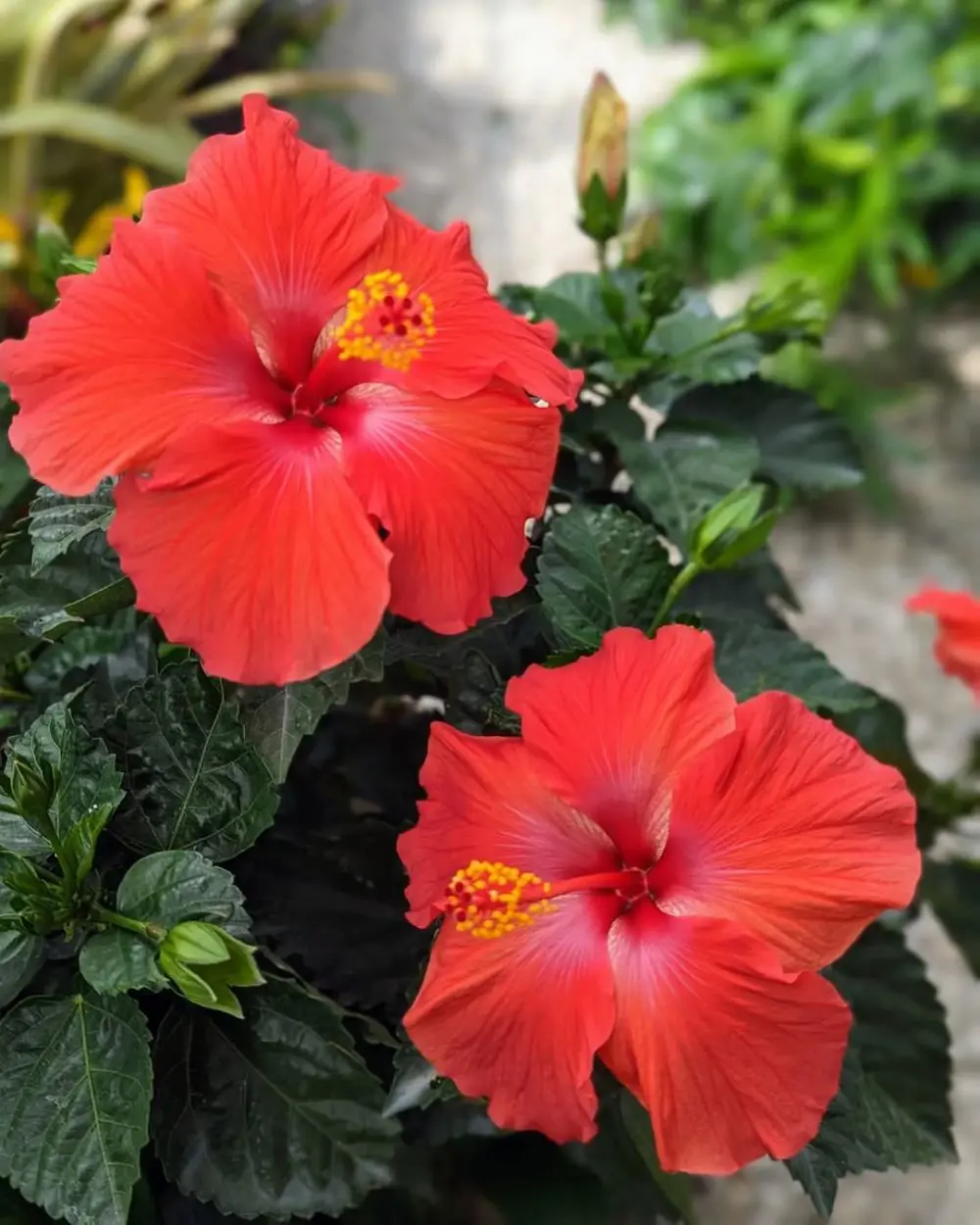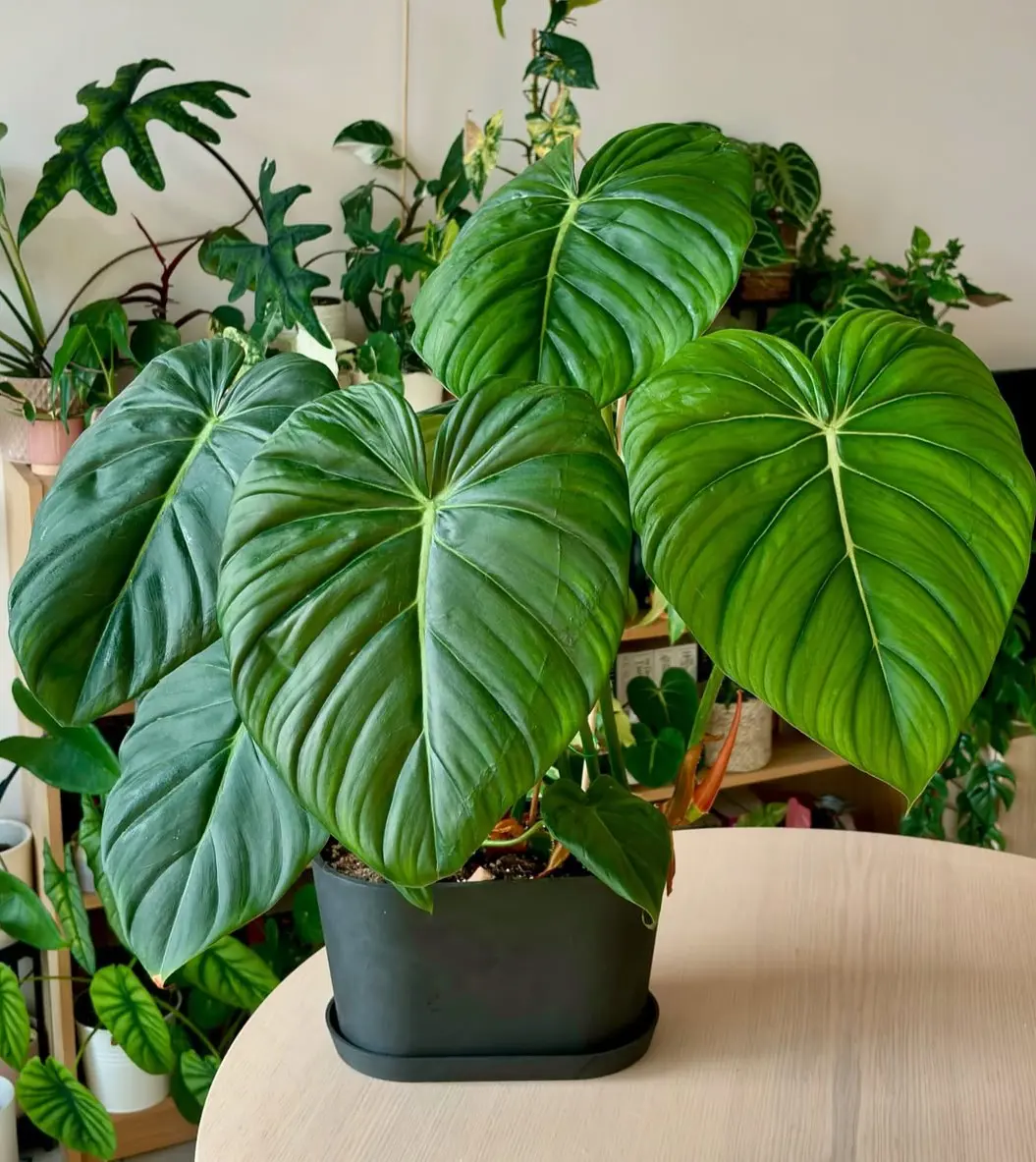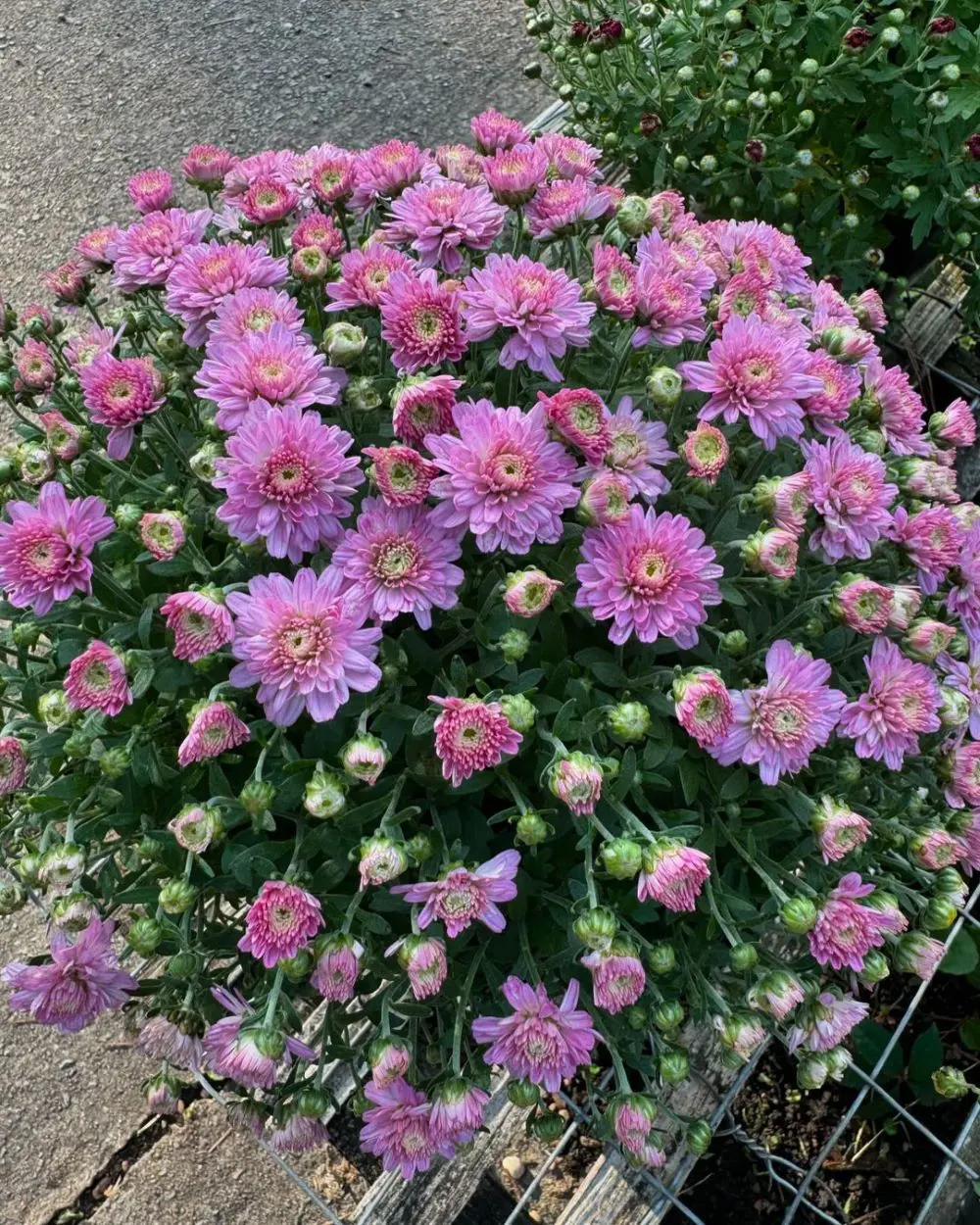Understanding Your Cactus
Understanding how to water cactus involves knowing its specific needs and how it interacts with its environment. Cacti come in many varieties, each with unique care requirements. To provide the best care, it’s essential to research the specific type of cactus you have and to consider the environmental factors that affect its growth.
1. Know Your Cactus
Different cacti species have distinct watering needs, light preferences, and growth habits. Some cacti, like the Christmas cactus, thrive with more moisture and less light, while others, like the Saguaro, require minimal water and lots of sunlight. Therefore, researching your specific cactus will help you understand ideal conditions for watering cactus.
Look into factors such as its natural habitat, growth patterns, and any particular needs it may have. This knowledge will guide you in providing the appropriate care, from how often to water cactus to its light and temperature preferences.

2. Consider the Environment
The environment where your cactus is placed plays a significant role in its overall health. Factors such as temperature, humidity, and light exposure directly impact how often and how much you should water. Cacti generally thrive in dry, sunny conditions and prefer well-ventilated spaces.
However, high humidity levels can increase the risk of fungal diseases and root rot, while inadequate light can hinder growth and affect the plant’s water needs. Thus, assessing and adjusting the environmental conditions to match your cactus’s needs will help you maintain its health and ensure it flourishes in your care.



